A Bichir is any of several species of fish in the Polypteridae family. This family also contains the reedfish, also known as snakefish or ropefish. Researchers recognize 11 different species of Bichirs. All 11 species live rivers, streams, and floodplains in Africa. Read on to learn about the Bichir.
Description of the Bichir
These fish are quite unique looking. They have elongated, almost eel-like bodies, and multiple short dorsal fins along their backs. Their scales are usually quite thick, and typically have brown or tan coloration.
The various species range in size from about 11 in. long to a maximum of 38 in. long. In the largest species, the heaviest recorded individuals reach a weight of 7 lbs. or more.
Interesting Facts About the Bichir
As fish go, these creatures are incredibly interesting. Learn about some of the unique traits and adaptations that these fish possess, below.
- Mouthbreather – Though not unheard of in fish, these creatures are one of the few species that can breathe air. They have a pair of lungs, and can gulp air from the surface for oxygen. Amazingly, if their skin remains moist enough, they can remain outside of the water for extended periods of time.
- Strange Scales – These creatures also have unique scales. The scales of different species have different unique characteristics like size or shape. Researchers compare their scales to those of sturgeons and gars rather than “typical” bony fish.
- Overbite – The various species in the Polypteridae family also have oddly-shaped mouths. Their upper jaws extend farther than their lower, effectively giving them an overbite. They use this unique shape to suck small prey into their mouths when they open their jaws.
- Super Smell – While its eyesight is quite poor, this fish has an excellent sense of smell. In fact, they rarely, if ever, use their sight to locate and capture prey.
Habitat of the Bichir
These fish live exclusively in freshwater habitats and do not range into brackish or saltwater ecosystems. They primarily inhabit small lakes, ponds, swamps, floodplains, rivers, and estuaries. Several species also live and breed in an aquarium setting as well.
Distribution of the Bichir
All of the 11 species live in Africa, and they inhabit the watershed of the Nile River. Each species has its own unique distribution. Some species live throughout much of the river system, while others inhabit just a small region. A few species also live in aquariums, both in zoos and as pets, worldwide.
Diet of the Bichir
All of the various species are carnivores, which means they eat meat. Their diet varies based on where they live, and is also restricted based on their size. If it doesn’t fit in their mouth, they can’t eat it!
Some of the different prey that they eat includes small fish, shrimp, crabs, snails, fish eggs, worms, insects, and more.
Bichir and Human Interaction
Human interaction and impact vary from species to species. However, most species have stable populations, and do not face human threat at this time. Those that do face population decline suffer from habitat destruction, primarily due to agricultural and urban development.
Domestication
Humans have not domesticated these fish in any way.
Does the Bichir Make a Good Pet
Some people do keep these unique creatures as pets. However, it is important to always choose pets that have been born in human care. Never buy any pet that has been captured from the wild. Not only does the pet trade impact wild populations, but you also run the risk of spreading disease to your other fish.
Bichir Care
You must have a large, freshwater tank to properly care for these fishes. They are carnivores, so you must feed them either live or freeze-dried prey, like shrimp and worms. You cannot house them with smaller species of fish, as they will eat them. They can cohabitate peacefully with fish species larger than them.
Behavior of the Bichir
This fish is nocturnal, which means it is most active at night. You generally do not see it during the day, as it retreats into crevices and vegetation to hide from predators. As night falls, it emerges to search for prey using its keen sense of smell. Some species hold territories which they defend from other fish.
Reproduction of the Bichir
Each species has slightly different reproductive rates and behaviors. For some species, researchers are entirely sure how their reproduction occurs. In many species, changes in water chemistry during the rainy season spur mating.
Generally, females lay several hundred eggs at once, and the male then fertilizes them. Typical nesting sites include beneath vegetation and other debris. It takes several days for the eggs to hatch, and the young fish, known as fry, are fully independent at birth.

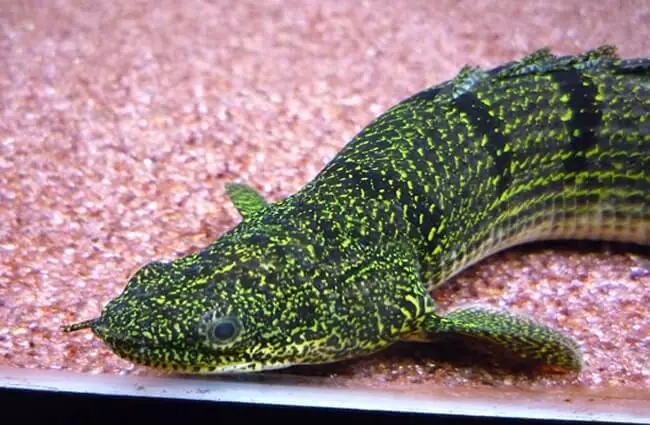
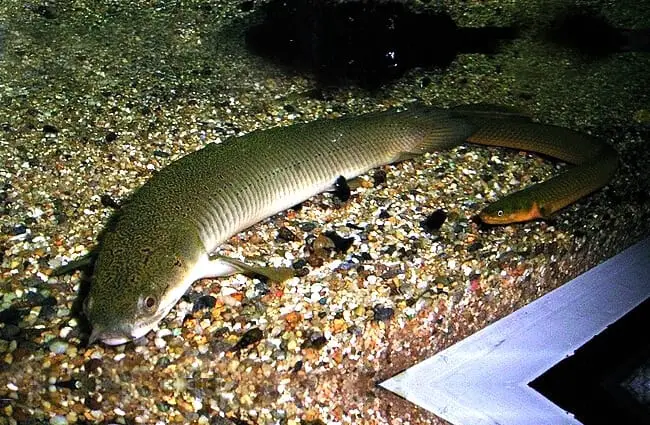
![Senegal Bichir in an aquarium Senegal Bichir in an aquariumPhoto by: Mitternacht90 at en.wikipedia [Public domain]](https://animals.net/wp-content/uploads/2019/08/Bichir-3-650x425.jpg)
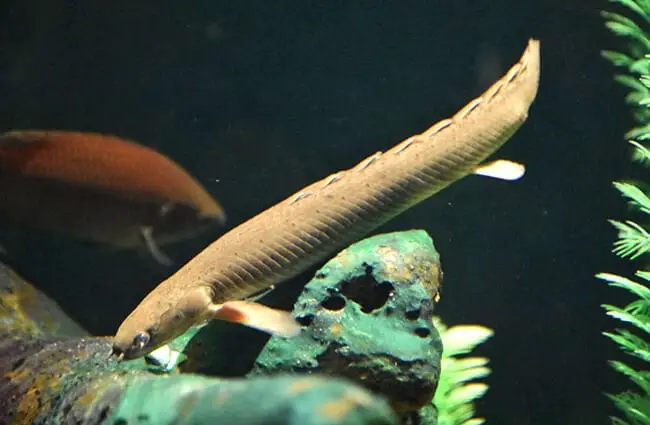

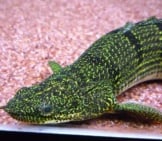

![Senegal Bichir in an aquarium Senegal Bichir In An Aquariumphoto By: Mitternacht90 At En.wikipedia [Public Domain]](https://animals.net/wp-content/uploads/2019/08/Bichir-3-162x141.jpg)

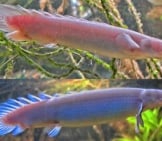
![Red Angus Closeup of a beautiful Red Angus cowPhoto by: U.S. Department of Agriculture [pubic domain]https://creativecommons.org/licenses/by/2.0/](https://animals.net/wp-content/uploads/2020/03/Red-Angus-4-238x178.jpg)












![Red Angus Closeup of a beautiful Red Angus cowPhoto by: U.S. Department of Agriculture [pubic domain]https://creativecommons.org/licenses/by/2.0/](https://animals.net/wp-content/uploads/2020/03/Red-Angus-4-100x75.jpg)

